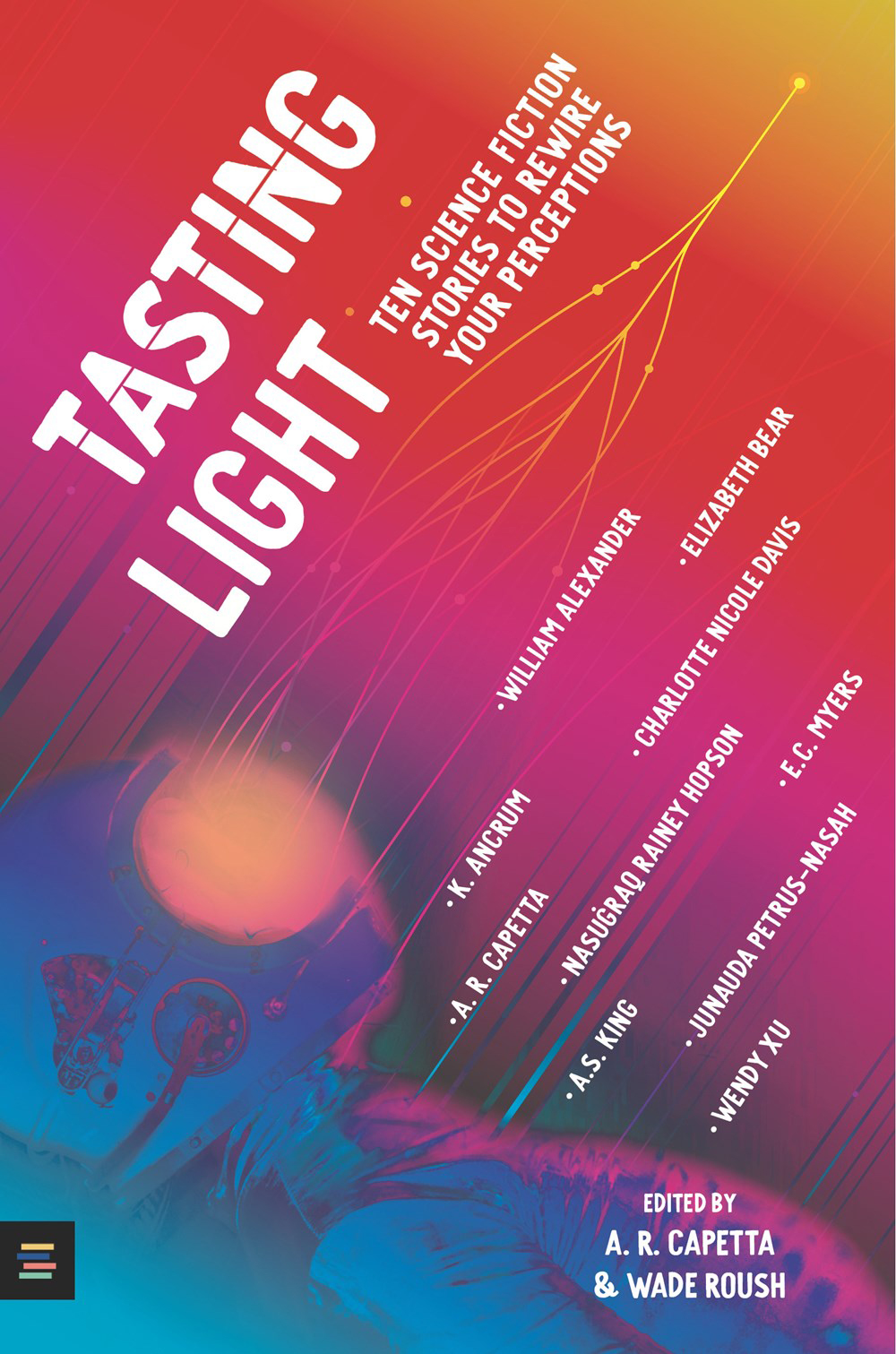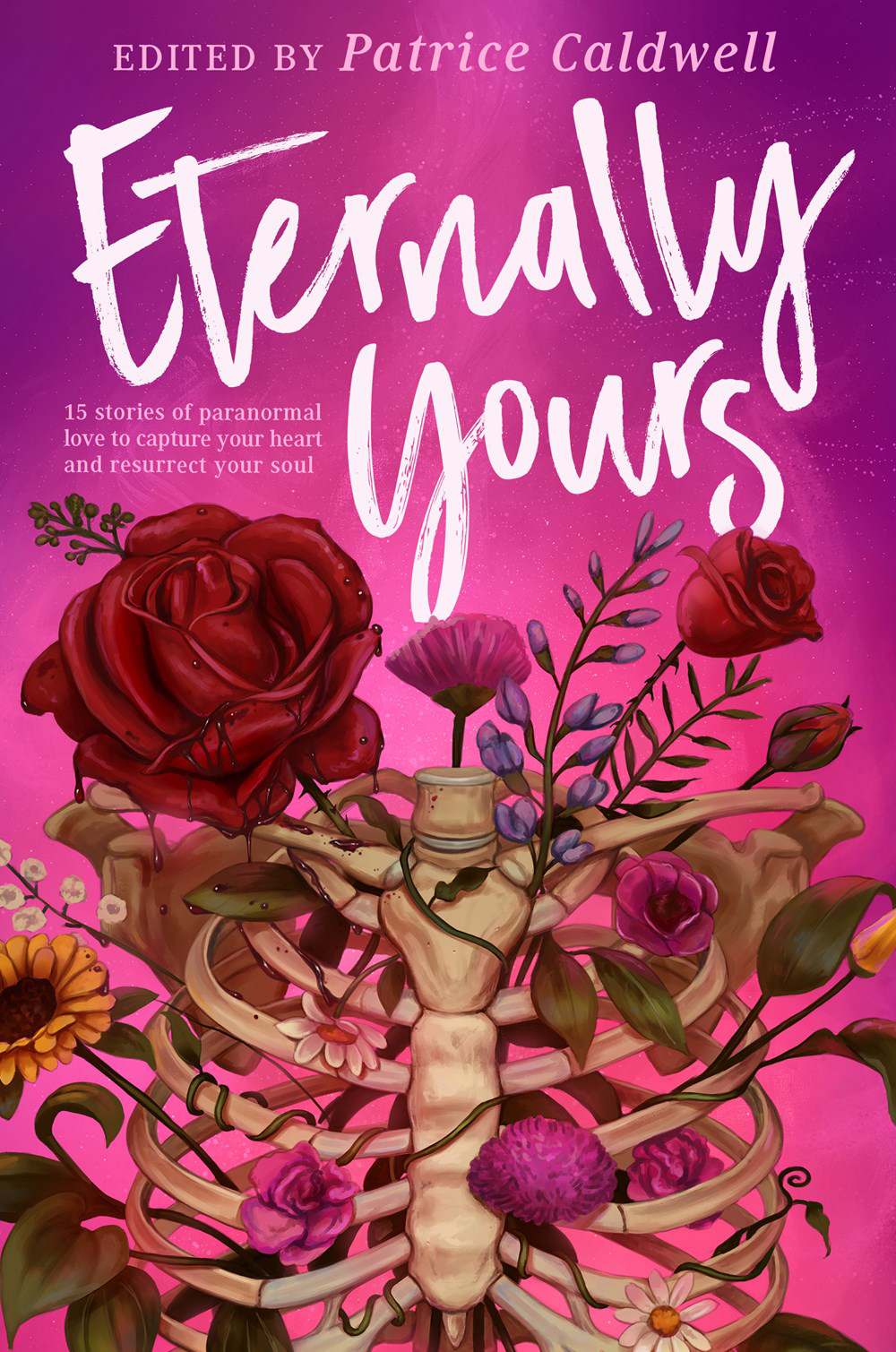Twelve teenage pilots, each representing a different European country. Four adult chaperones. One route through seven major European cities. And one race organizer who hopes to demonstrate how youth sport and its accompanying pageantry hold the power to promote international cooperation and peace. But it’s late August 1937, and Europe teeters on the brink of war.
Seventeen-year-old Stella North is the only female competitor in the fictional Circuit of Nations Olympics of the Air (inspired by the real-life Women’s Air Derby of 1929). She’s flying for the United Kingdom despite having little connection to it; her family left their native Russia as refugees when Stella was very young. At the Salisbury airfield, where the first leg of the race will begin, Stella dodges prying questions from the press and seemingly omnipresent photographers as she tries to manage her nerves. But once she’s aloft and soaring over the English Channel, she witnesses something she wasn’t supposed to see, and when the contestants reassemble at their destination in Belgium, only 11 pilots can be found. The 12th has disappeared.
Elizabeth Wein’s Code Name Verity won a Printz Honor in 2013 for its twisty, suspenseful portrayal of young female pilots serving in Britain’s Air Transport Auxiliary during World War II. Stateless is sure to satisfy fans of that novel and its related works (Rose Under Fire, The Pearl Thief, The Enigma Game), as Wein once again showcases her talent for writing feminist historical mysteries. Interpersonal dramas among the racing pilots smartly mirror the international conflicts that surround them, and the air race offers an ideal venue for Wein to incorporate the details of early aviation that have become one of her calling cards.
The solution to the central mystery unfolds amid missing items, unlikely lookalikes, unexpected telegrams and suspected sabotage; careful readers may catch clues that Stella misses. Even the novel’s table of contents, structured around a well-known passage from John Donne, is part of the storytelling. Emerging friendships (and possibly more), along with questions of identity, add a human element to the pilots’ discussions of complex politics, such as the bombing of Guernica, Spain, and the imprisoning of political dissidents in a concentration camp in Dachau, Germany. Grim situational irony balances out any Hunger Games-esque vibe, as contemporary readers know where these historical events will lead, but the characters don’t.
Grab your goggles and fasten your flight harness: Stateless is a wild ride from takeoff to landing.






















